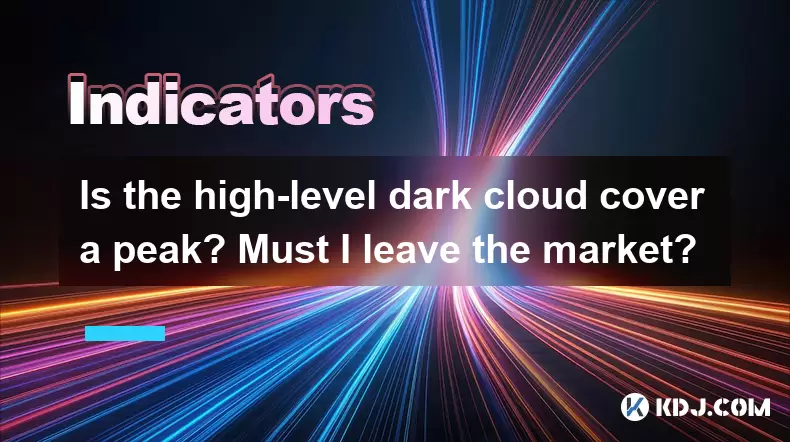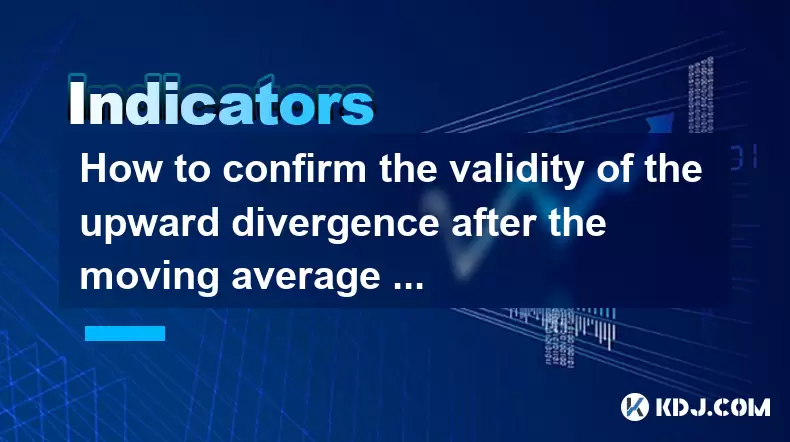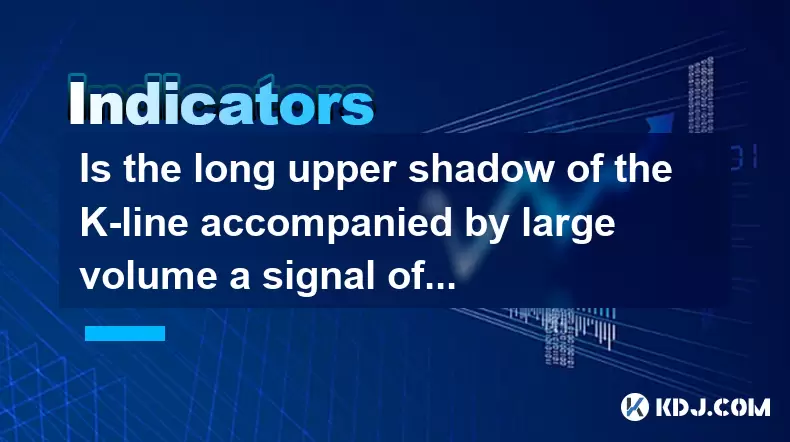-
 Bitcoin
Bitcoin $106,754.6083
1.33% -
 Ethereum
Ethereum $2,625.8249
3.80% -
 Tether USDt
Tether USDt $1.0001
-0.03% -
 XRP
XRP $2.1891
1.67% -
 BNB
BNB $654.5220
0.66% -
 Solana
Solana $156.9428
7.28% -
 USDC
USDC $0.9998
0.00% -
 Dogecoin
Dogecoin $0.1780
1.14% -
 TRON
TRON $0.2706
-0.16% -
 Cardano
Cardano $0.6470
2.77% -
 Hyperliquid
Hyperliquid $44.6467
10.24% -
 Sui
Sui $3.1128
3.86% -
 Bitcoin Cash
Bitcoin Cash $455.7646
3.00% -
 Chainlink
Chainlink $13.6858
4.08% -
 UNUS SED LEO
UNUS SED LEO $9.2682
0.21% -
 Avalanche
Avalanche $19.7433
3.79% -
 Stellar
Stellar $0.2616
1.64% -
 Toncoin
Toncoin $3.0222
2.19% -
 Shiba Inu
Shiba Inu $0.0...01220
1.49% -
 Hedera
Hedera $0.1580
2.75% -
 Litecoin
Litecoin $87.4964
2.29% -
 Polkadot
Polkadot $3.8958
3.05% -
 Ethena USDe
Ethena USDe $1.0000
-0.04% -
 Monero
Monero $317.2263
0.26% -
 Bitget Token
Bitget Token $4.5985
1.68% -
 Dai
Dai $0.9999
0.00% -
 Pepe
Pepe $0.0...01140
2.44% -
 Uniswap
Uniswap $7.6065
5.29% -
 Pi
Pi $0.6042
-2.00% -
 Aave
Aave $289.6343
6.02%
Is the high-level dark cloud cover a peak? Must I leave the market?
The high-level dark cloud cover is a bearish candlestick pattern signaling potential price reversals in crypto markets after an uptrend.
Jun 19, 2025 at 03:35 am

What Is the High-Level Dark Cloud Cover Pattern?
The high-level dark cloud cover is a technical analysis candlestick pattern often observed in cryptocurrency trading. It typically appears at the end of an uptrend and is considered a bearish reversal signal. The formation consists of two candles: the first being a strong bullish candle, followed by a bearish candle that opens higher but closes significantly lower, often below the midpoint of the previous candle.
This pattern suggests that buyers are losing control, and sellers are stepping in, potentially signaling a shift in market sentiment. In the context of cryptocurrencies like Bitcoin or Ethereum, this pattern can appear after significant price surges fueled by speculative behavior or macroeconomic factors.
Important: While the high-level dark cloud cover is a reliable indicator in traditional markets, its effectiveness in volatile crypto markets may vary due to frequent false signals.
How to Identify a High-Level Dark Cloud Cover in Crypto Charts
Identifying this pattern correctly is crucial for making informed decisions. Here’s how you can spot it:
- Look for a clear uptrend on your chart.
- Observe a large green (or bullish) candle continuing the trend.
- The next candle opens with a gap up, indicating continued bullish momentum.
- However, this second candle closes deep into the body of the previous candle — ideally below its 50% level.
- Volume during the second candle should be relatively high to confirm selling pressure.
When analyzing charts on platforms like TradingView or Binance, zoom in on timeframes such as the 4-hour or daily chart to get more accurate readings.
Tip: Combine this pattern with other indicators like RSI or MACD to avoid premature conclusions based solely on candlestick formations.
Why Does This Pattern Appear Frequently in Cryptocurrency Markets?
Cryptocurrency markets are known for their volatility and rapid price swings. The high-level dark cloud cover often appears due to the emotional nature of traders and the influence of news cycles. For example:
- Positive news drives prices up quickly.
- Traders who missed the initial move jump in near the top.
- When profit-taking begins, the market reverses sharply.
- A dark cloud cover forms as panic sets in among late buyers.
Moreover, algorithmic trading bots can amplify these patterns by triggering stop-loss orders once certain thresholds are met. This creates cascading sell-offs that visually manifest as bearish reversals like the dark cloud cover.
Note: In altcoin markets, especially those with low liquidity, this pattern can form more frequently due to thinner order books and increased manipulation risks.
Should You Sell Immediately Upon Seeing This Pattern?
Seeing a high-level dark cloud cover doesn’t necessarily mean you must exit the market immediately. Here are key considerations before making a decision:
- Market Context Matters: If the pattern appears after a prolonged rally and coincides with overbought RSI levels, then caution is warranted.
- Volume Confirmation: A valid bearish reversal usually comes with a spike in volume. If volume remains low, the pattern might not be trustworthy.
- Support Levels: Check if major support zones lie just below the current price. These could provide a cushion for further rebounds.
- Timeframe Relevance: Patterns on smaller timeframes (like 15-minute charts) are less significant compared to those on daily or weekly charts.
Instead of panicking, consider using this as a warning sign and adjust your position size or tighten stop-loss levels accordingly.
Caution: Avoid relying solely on candlestick patterns without incorporating broader market conditions and risk management strategies.
How to Trade Around the High-Level Dark Cloud Cover
If you decide to trade around this pattern, here's a structured approach:
- Monitor the pattern across multiple timeframes to confirm validity.
- Use Fibonacci retracement tools to identify potential pullback zones.
- Set a stop-loss above the high of the bearish candle to limit downside risk.
- Consider shorting or hedging if the pattern aligns with negative fundamentals or on-chain metrics.
- Alternatively, reduce long exposure gradually rather than exiting entirely.
For instance, if you're holding ETH and notice a high-level dark cloud cover forming on the daily chart, you might sell a portion of your holdings while keeping the rest in case of a bounce.
Pro Tip: Always backtest your strategy using historical data before applying it in live trading environments.
Frequently Asked Questions
Q: Can the high-level dark cloud cover be bullish?
No, the high-level dark cloud cover is inherently a bearish reversal pattern. It signals a potential change from an uptrend to a downtrend.
Q: How often does this pattern occur in crypto markets?
It occurs quite frequently, especially during periods of heightened volatility. However, its reliability varies depending on market depth and trader behavior.
Q: Should I use this pattern alone for trading decisions?
While useful, it’s best combined with other technical indicators and fundamental analysis to improve accuracy and reduce false signals.
Q: What if the dark cloud cover appears on a sideways market?
In ranging markets, the pattern loses significance. It’s most effective when appearing at the top of a clear uptrend.
Disclaimer:info@kdj.com
The information provided is not trading advice. kdj.com does not assume any responsibility for any investments made based on the information provided in this article. Cryptocurrencies are highly volatile and it is highly recommended that you invest with caution after thorough research!
If you believe that the content used on this website infringes your copyright, please contact us immediately (info@kdj.com) and we will delete it promptly.
- Seed Phrase, Self Custody, and Liability: Are You Really Your Own Bank?
- 2025-06-21 04:25:11
- Bitcoin Demand Dries Up: Capital Exits and Market Indecision
- 2025-06-21 04:25:11
- Ripple, RLUSD, and Alchemy Pay: A New Era of Crypto Accessibility
- 2025-06-21 04:45:12
- Bitcoin, Quantum Computers, and Cryptography: Navigating the Post-Quantum Landscape in NYC
- 2025-06-21 04:45:12
- Coinbase's Luxembourg Leap: MiCA License Secured, Europe Domination in Sight!
- 2025-06-21 05:05:12
- Staked Ether, Corporate Crypto, and Finance Adoption: A New York Minute
- 2025-06-21 02:45:13
Related knowledge

Does the sudden contraction of ATR indicate the end of the trend?
Jun 20,2025 at 11:14pm
Understanding ATR and Its Role in Technical AnalysisThe Average True Range (ATR) is a technical indicator used to measure market volatility. Developed by J. Welles Wilder, ATR calculates the average range of price movement over a specified period, typically 14 periods. It does not indicate direction—only volatility. Traders use ATR to gauge how much an ...

Is the trend continuation when the Williams indicator is oversold but there is no rebound?
Jun 20,2025 at 11:42pm
Understanding the Williams %R IndicatorThe Williams %R indicator, also known as the Williams Percent Range, is a momentum oscillator used in technical analysis to identify overbought and oversold levels in price movements. It typically ranges from 0 to -100, where values above -20 are considered overbought and values below -80 are considered oversold. T...

Is the golden cross of the ROC indicator below the zero axis effective?
Jun 20,2025 at 09:42pm
Understanding the ROC Indicator and Its Role in Cryptocurrency TradingThe Rate of Change (ROC) indicator is a momentum oscillator widely used by traders to assess the speed at which cryptocurrency prices are changing. It measures the percentage difference between the current price and the price from a certain number of periods ago. The ROC helps identif...

How to confirm the validity of the upward divergence after the moving average sticks together?
Jun 21,2025 at 01:36am
Understanding the Basics of Moving Averages and DivergenceIn technical analysis, moving averages are crucial tools used to smooth out price data over a specified time period. When multiple moving averages converge or 'stick together,' it often indicates a consolidation phase in the market. This phenomenon can be a precursor to significant price movement...

What should I do if the KD indicator crosses in the oversold zone but the rebound is weak?
Jun 21,2025 at 07:07am
Understanding the KD Indicator and Its Role in Crypto TradingThe KD indicator, also known as the stochastic oscillator, is a momentum-based technical analysis tool commonly used in cryptocurrency trading. It consists of two lines — the %K line and the %D line — that fluctuate between 0 and 100. The primary function of this indicator is to identify overb...

Is the long upper shadow of the K-line accompanied by large volume a signal of peaking?
Jun 21,2025 at 12:28am
Understanding the Long Upper Shadow K-LineThe long upper shadow of a K-line is a common candlestick pattern that often appears during price action analysis. It consists of a small real body with a long upper wick, indicating that the price rose significantly during the period but was ultimately rejected and closed lower than its high. This pattern can s...

Does the sudden contraction of ATR indicate the end of the trend?
Jun 20,2025 at 11:14pm
Understanding ATR and Its Role in Technical AnalysisThe Average True Range (ATR) is a technical indicator used to measure market volatility. Developed by J. Welles Wilder, ATR calculates the average range of price movement over a specified period, typically 14 periods. It does not indicate direction—only volatility. Traders use ATR to gauge how much an ...

Is the trend continuation when the Williams indicator is oversold but there is no rebound?
Jun 20,2025 at 11:42pm
Understanding the Williams %R IndicatorThe Williams %R indicator, also known as the Williams Percent Range, is a momentum oscillator used in technical analysis to identify overbought and oversold levels in price movements. It typically ranges from 0 to -100, where values above -20 are considered overbought and values below -80 are considered oversold. T...

Is the golden cross of the ROC indicator below the zero axis effective?
Jun 20,2025 at 09:42pm
Understanding the ROC Indicator and Its Role in Cryptocurrency TradingThe Rate of Change (ROC) indicator is a momentum oscillator widely used by traders to assess the speed at which cryptocurrency prices are changing. It measures the percentage difference between the current price and the price from a certain number of periods ago. The ROC helps identif...

How to confirm the validity of the upward divergence after the moving average sticks together?
Jun 21,2025 at 01:36am
Understanding the Basics of Moving Averages and DivergenceIn technical analysis, moving averages are crucial tools used to smooth out price data over a specified time period. When multiple moving averages converge or 'stick together,' it often indicates a consolidation phase in the market. This phenomenon can be a precursor to significant price movement...

What should I do if the KD indicator crosses in the oversold zone but the rebound is weak?
Jun 21,2025 at 07:07am
Understanding the KD Indicator and Its Role in Crypto TradingThe KD indicator, also known as the stochastic oscillator, is a momentum-based technical analysis tool commonly used in cryptocurrency trading. It consists of two lines — the %K line and the %D line — that fluctuate between 0 and 100. The primary function of this indicator is to identify overb...

Is the long upper shadow of the K-line accompanied by large volume a signal of peaking?
Jun 21,2025 at 12:28am
Understanding the Long Upper Shadow K-LineThe long upper shadow of a K-line is a common candlestick pattern that often appears during price action analysis. It consists of a small real body with a long upper wick, indicating that the price rose significantly during the period but was ultimately rejected and closed lower than its high. This pattern can s...
See all articles

























































































